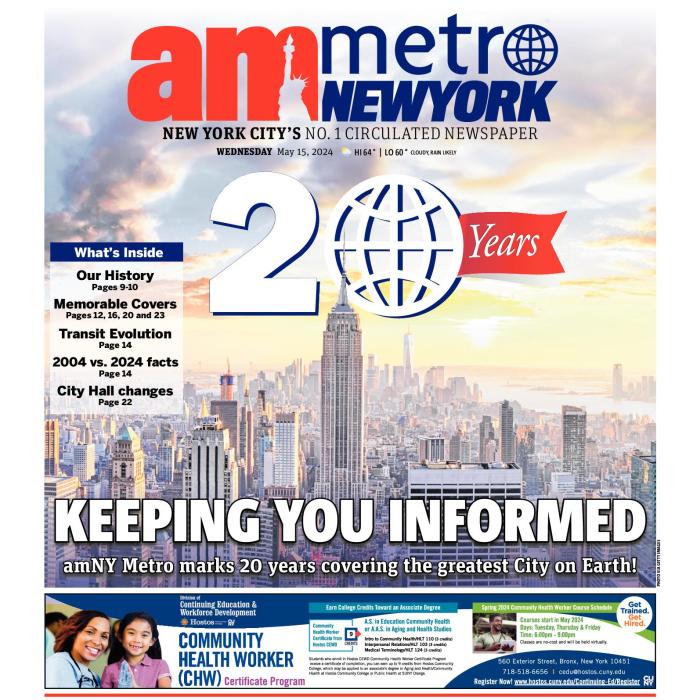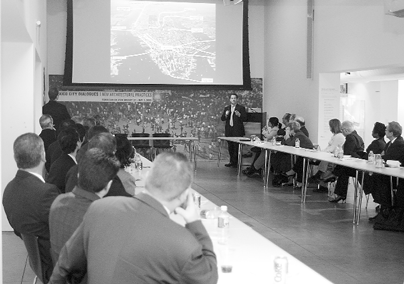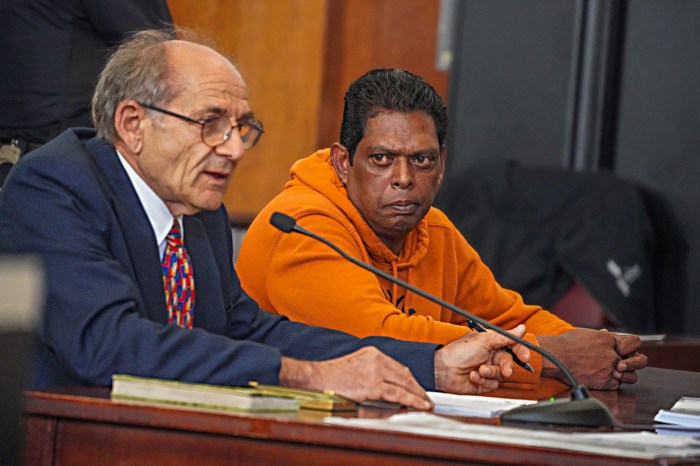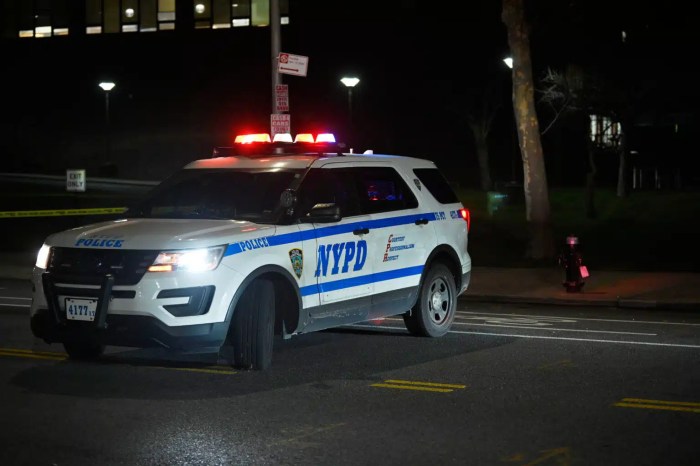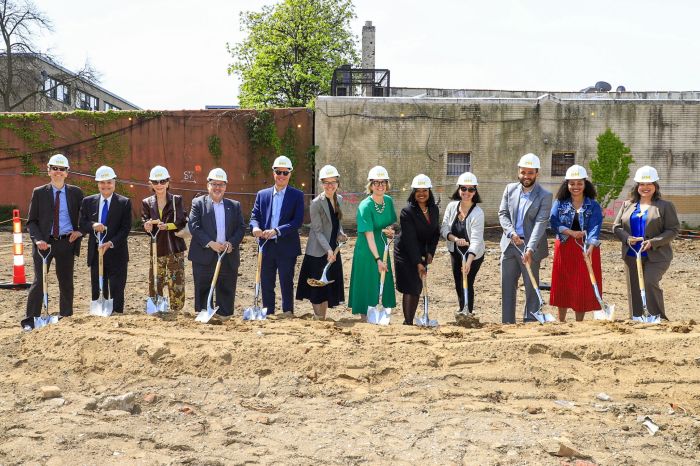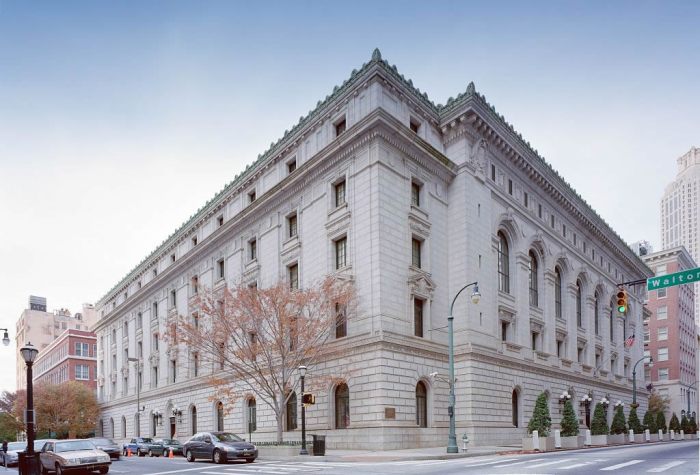By Albert Amateau
The City Planning Commission on Monday voted all but unanimously to approve the Hudson Yards project to allow intense high-rise office and residential development in the area from 30th to 41st St. between Ninth and 11th Aves.
The commission vote marked one step from the end of an approval process that includes a $2 billion extension of the No. 7 subway line. The project goes next to the City Council for a final decision in 60 days.
The only dissenting vote was by Karen Philips, appointed to the City Planning Commission by Public Advocate Betsy Gotbaum, a critic of the dense development called for in the plan and an opponent of the proposed New York Sports and Convention Center stadium that the city and state plan in conjunction with the Hudson Yards’ development.
And although City Planning has amended the project to encourage increased production or preservation of more affordable housing than originally planned, housing advocates and elected officials are still calling for a specific mandate for even more affordable units.
Moreover, the Bloomberg administration is determined to build the 75,000-seat stadium to serve the New York football Jets and an expanded Javits Convention Center at the south end of area, as well as an extension of the No. 7 subway line.
The stadium, which is not part of the approval process because it is state property, is the worst possible development in the view of many West Side community groups and elected officials who fear more traffic on already jammed Hudson River tunnel approaches.
“The Hudson Yard plan is all about the stadium,” said City Councilmember Christine Quinn on Monday. “The dense high-rise commercial development is intended to raise enough taxes to pay for the stadium infrastructure,” she explained.
Anti-stadium residents got a boost last week when City Council Speaker Gifford Miller said he was against the stadium at an appearance before the Building Congress, a group of construction companies and labor unions strongly in favor of the stadium.
“It was a gutsy thing to do at the Building Congress,” Quinn said.
The plan as amended and approved by City Planning calls for increased zoning bonuses that allow developers to build denser, taller buildings in exchange for creating or preserving affordable housing.
The zoning bonuses were originally expected to encourage the creation of 2,100 affordable units (costing low- and moderate-income families not more than 30 percent of their income) among the 13,000 new apartments.
The amended Hudson Yard zoning bonus could produce or preserve between 2,600 and 3,100 affordable units, according to Rachaele Raynoff, spokesperson for City Planning. The units would be permanently affordable, Raynoff added. Nevertheless, it would be voluntary on the developers’ part whether or not to take advantage of the zoning bonuses.
Housing advocates, however, want the plan to mandate the creation of affordable apartments. More than 20 members of the Hell’s Kitchen/Hudson Yards Alliance who attended the City Planning Commission’s Monday vote walked out en masse in protest.
Quinn, who is a member of the Alliance, said on Monday that City Planning took a step in the right direction by increasing the affordable-housing incentive. “But they didn’t go far enough,” she added. “We hope to take it a lot further in the Council,” she added.
However, Manhattan Borough President C. Virginia Fields said on Monday that she was pleased that City Planning was able to increase the number of affordable-housing units in the Hudson Yards. She also said she was gratified that the plan includes a provision for women- and minority-owned businesses in Hudson Yards contracting.
But Fields also said she doesn’t think the Hudson Yards are the best place to put a stadium. She added that she has doubts about financing and the cost of the project.
On Nov. 18, the Greenwich Village Chelsea Chamber of Commerce sponsored a presentation by Matt Higgins, a Jets vice president, and Mai Hariu, assistant director of Hudson Yards Coalition, an affiliate of NYC & Co, a business and union coalition that promotes tourism and supports the stadium.
Higgins said that fears of curb-to-curb traffic are unfounded. “Seventy percent of our fan base says it will use mass transit,” he said, mentioning ferries, trains and buses. Asked about the effect on Jets games that the recently reported potential closing of New York Waterway ferry service between New Jersey and Manhattan would have, Higgins acknowledged that it would be “unfortunate.” But he added that Waterway executives have told him they would run special ferry service during game days.
Hariu said that worries that commercial density in the Hudson Yards would dampen demand for commercial space in Lower Manhattan and chill Downtown recovery are exaggerated. New office space will come online Downtown earlier than Hudson Yards, although there is likely to be a five-year overlap when both areas are competing for tenants, she said. “We need to offer prospective tenants a variety of options,” she added.
